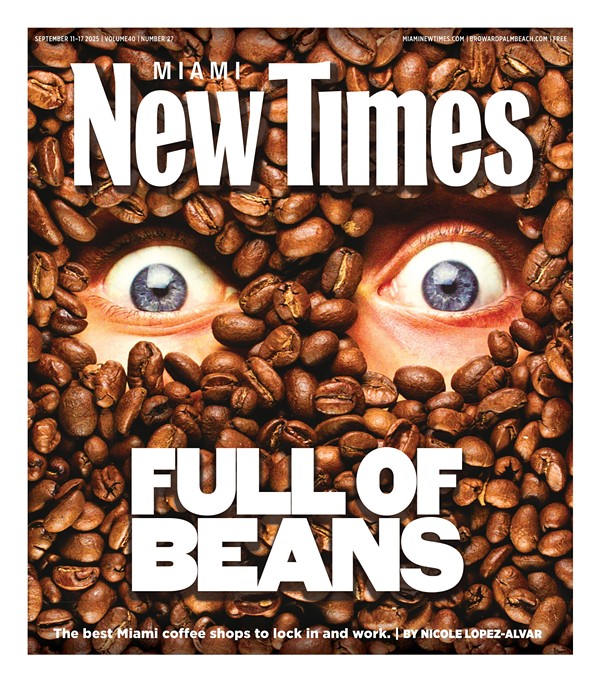The show actually consists of three interactive sculptural installations, the most visually direct of which is Reflections, a floor-to-ceiling two-way mirror housed in a chamber of wood and muslin. Two viewers kneel, one on either side of the mirror, and watch as their reflections converge and contrast.
In Money For Art, Mingwei asks us to question art's relation to money and the practicality of assigning a value to expression. The artist has folded dollar bills into origami pieces that rest in separate compartments of a modular wall unit, and we are invited to take one. In return we are asked to leave a personal effect of equal or greater value in its place and fill out a card listing our name and profession, objects and information the artist will no doubt use in a future endeavor.
After his grandmother's death, Mingwei developed The Letter Writing Project as an opportunity to say what has been long unspoken to those we cannot physically reach, relatives and friends who are dead or far away. In a confessional-style booth, shelves of letters already written and placed in their envelopes surround a blond-wood writing table and bench. Viewers may read the letters, which are eventually either mailed by museum staff or burned in an Asian ritual that celebrates the dead. Participants can kneel, stand, or sit while they read and write, and the positions correlate to gratitude, insight, and forgiveness respectively -- traits that are elemental to the artist's Zen Buddhist training and beliefs. Mingwei spent eight summers of his childhood learning from a Ch'an monk in a Buddhist monastery before attending the California College of Arts and Crafts and the Yale University School of Art.
The exhibit's appearance is basic, even more unadorned than the sparse house occupied by human guinea pigs on Big Brother. The structures in the installations are simple, constructed mostly of blond wood in neutral tones, and Mingwei's choice emphasizes authenticity over unnecessary embellishment.
Because Mingwei's work relies on the artist-audience exchange, it's incomplete without being touched and pondered by passersby. In this sense "Empathic Economies" demands far more of its viewers than does reality TV, but it gives more, too: Everyone who participates gets a free dollar or a work of art, depending on how you see it.








